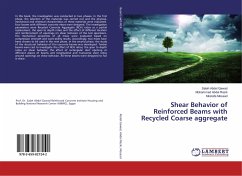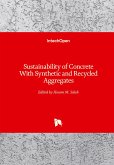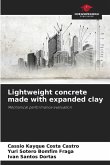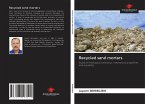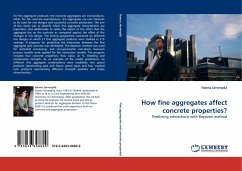The scarcity of natural sands, particularly in large urban centers, which has led the construction industry to become interested in the topic. Regarding the technical applicability of recycled fine aggregates, scientific researches have shown the feasibility of their use. However, such researches usually try to fit them to the granulometric curve of conventional aggregates, something complex and still subject of discussion. Under this context, based on the assumption that the particle size fractions of the fine recycled aggregates present different characteristics, and that, therefore, these characteristics would influence differently the properties of mortars and concretes; the work proposes the study of the particle size fractions of two recycled sands, AR1 (sand from a RCD plant) and AR2 (sand from RC of specimens from a concrete plant).The results showed that the AR1 sand and its powdery fraction are able to refine pores of mortars and that there are differences in the physical-mechanical behaviors of recycled mortars as the granulometric fraction is replaced, increasing the possibility of application of fine aggregates in mix designs.
Hinweis: Dieser Artikel kann nur an eine deutsche Lieferadresse ausgeliefert werden.
Hinweis: Dieser Artikel kann nur an eine deutsche Lieferadresse ausgeliefert werden.


